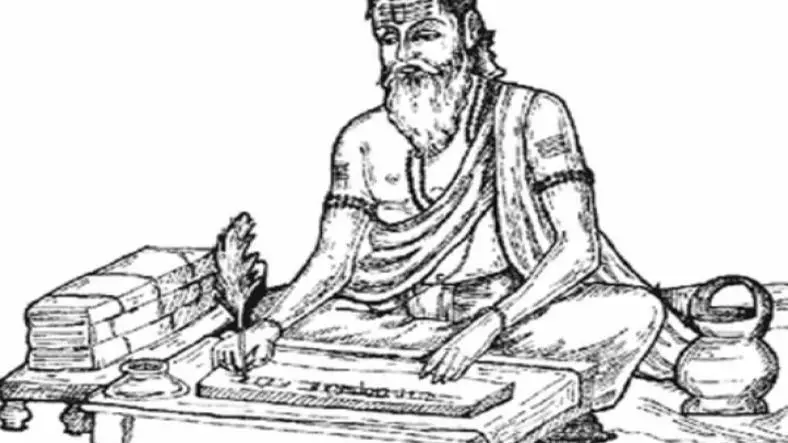The Vedas, the sacred texts of ancient Hinduism, are considered some of the oldest religious writings in human history. To fully understand their significance, it is crucial to explore their historical context, the era in which they were composed, the socio-political environment of ancient India and their impact on subsequent cultures and religious practices.
Vedic Period
The Vedic period, during which the Vedas were composed, spans from approximately 1500 BCE to 500 BCE. This era is characterized by significant cultural and social developments in the Indian subcontinent. The Vedic period is divided into two phases:
1. Early Vedic Period (1500–1000 BCE)
The Early Vedic Period, also known as the Rigvedic period, corresponds with the composition of the Rigveda, the oldest of the four Vedas. This period was marked by the migration of Indo-Aryan tribes into the northwestern regions of the Indian subcontinent, including the Punjab and the Ganges-Yamuna Doab.
- The society during this period was predominantly pastoral and semi-nomadic. The economy was based on cattle herding, agriculture and trade. The social structure was relatively fluid, with clan-based organization and a focus on ritual and religious practices.
- The Rigveda, composed in this period, reflects a polytheistic belief system with a pantheon of deities associated with natural forces and cosmic principles. Rituals and sacrifices (yajnas) played a central role in maintaining cosmic order and ensuring prosperity.
2. Later Vedic Period (1000–500 BCE)
The Later Vedic Period saw the composition of the Samaveda, Yajurveda and Atharvaveda. This phase is marked by significant socio-political changes, including the transition from a pastoral to a more settled agricultural society.
- This period witnessed the rise of settled communities, the development of urban centers and an increase in agricultural productivity. The social structure became more complex, with the emergence of varna (class) divisions and the early formation of a caste system.
- The focus of the Vedic texts expanded to include more elaborate rituals and ceremonies, reflecting the growing importance of religious orthodoxy and priestly authority. The Yajurveda and Samaveda emphasized ritual precision and the performance of sacrifices, while the Atharvaveda addressed practical aspects of daily life and spiritual concerns.
Cultural and Political Influences
The historical context of the Vedas is also shaped by interactions with neighboring cultures and political developments:
- Indo-Aryan Migration: The migration of Indo-Aryan tribes into the Indian subcontinent brought with it a new linguistic and cultural influence. This migration is believed to have introduced the Sanskrit language and Vedic religious practices into the region.
- Interactions with Indigenous Cultures: The Vedic texts reflect interactions with indigenous cultures and societies. These interactions led to the assimilation and adaptation of local deities and practices, contributing to the diversity of Vedic religion.
- Political Developments: The Later Vedic Period saw the rise of small kingdoms and regional powers. The increasing centralization of political authority and the establishment of early forms of governance influenced the evolution of Vedic rituals and societal norms.
Influence
The Vedas had a profound impact on subsequent Indian religious and cultural traditions:
- Hinduism: The Vedas form the foundation of Hinduism, influencing its rituals, philosophy and theological concepts. They provided the basis for later Hindu scriptures, including the Upanishads, the Puranas and the epics like the Mahabharata and the Ramayana.
- Indian Philosophy: Vedic ideas and concepts, such as dharma, karma and moksha, have shaped various schools of Indian philosophy, including Vedanta and Samkhya.
- Language and Literature: The Sanskrit language used in the Vedas influenced classical Indian literature, poetry and linguistic studies.
Conclusion
The historical context of the Vedas offers valuable insights into the cultural, social and religious developments of ancient India. By understanding the Vedic period's socio-political environment, we gain a deeper appreciation for the Vedas' role in shaping Indian civilization.
Their legacy continues to resonate through Hinduism and Indian culture, underscoring their enduring significance as ancient texts that have influenced millennia of thought and practice.














